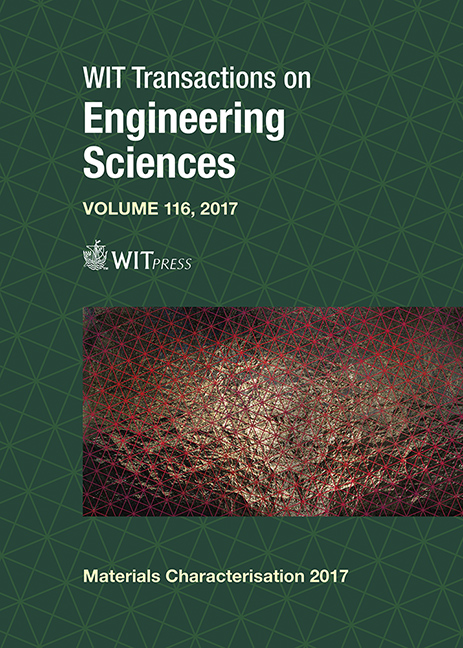AUTOMATED DEFECT SIZE DETERMINATION FOR GEAR TOOTH ROOT BENDING STRENGTH SIMULATION
Price
Free (open access)
Transaction
Volume
116
Pages
11
Page Range
87 - 97
Published
2017
Size
670 kb
Paper DOI
10.2495/MC170091
Copyright
WIT Press
Author(s)
CHRISTIAN BRECHER, CHRISTOPH LOEPENHAUS, JONAS POLLASCHEK
Abstract
Gear transmissions are central parts in mechanical drive trains, and therefore are present in many fields of mechanical engineering. Continuously increasing requirements in gear technology regarding high power density, low noise, weight and costs as well as small gearbox size, lead to growing demand of optimized gear designs. The calculation of load carrying capacity for the tooth root delivers an easy to apply methodology, but does not fully exploit the potential of creating extremely lightweight, yet strong enough gears. Therefore, methods are needed that enable exact predictions of load carrying capacity based on local strain and material properties. FE-based methods are capable of evaluating local stresses in the tooth root accurately. In combination with local material strength models such as the Inclusion-Based Weakest Link Model, accurate lifetime predictions of gears can be made. In this paper, a combinational approach of the FE-based tooth contact analysis, together with the Inclusion-Based Weakest Link Model, is presented. A helical gear set will be investigated based on gear geometry and measured material properties such as Vickers hardness, residual stresses and material defects. A new approach to determine the material defects via automated microsection analysis is presented. To determine the defect size inside of the gear material, breakage surfaces were analyzed and then statistically evaluated in past research activities at the Laboratory for Machine Tools and Production Engineering in Aachen. This method is time consuming, and necessitates the generation of gear breakages in tests before the actual simulation. The presented method allows for defect size determination by optical analysis of non-etched microsections of the gear material, and therefore an a-priori assessment of gear durability before actual tests have been conducted. To validate this method, practical load carrying capacity tests of the investigated gears are presented and compared to the simulation results.
Keywords
gear, fatigue, tooth, root, weakest link model, simulation, tooth contact analysis, defect, size, automated image processing





